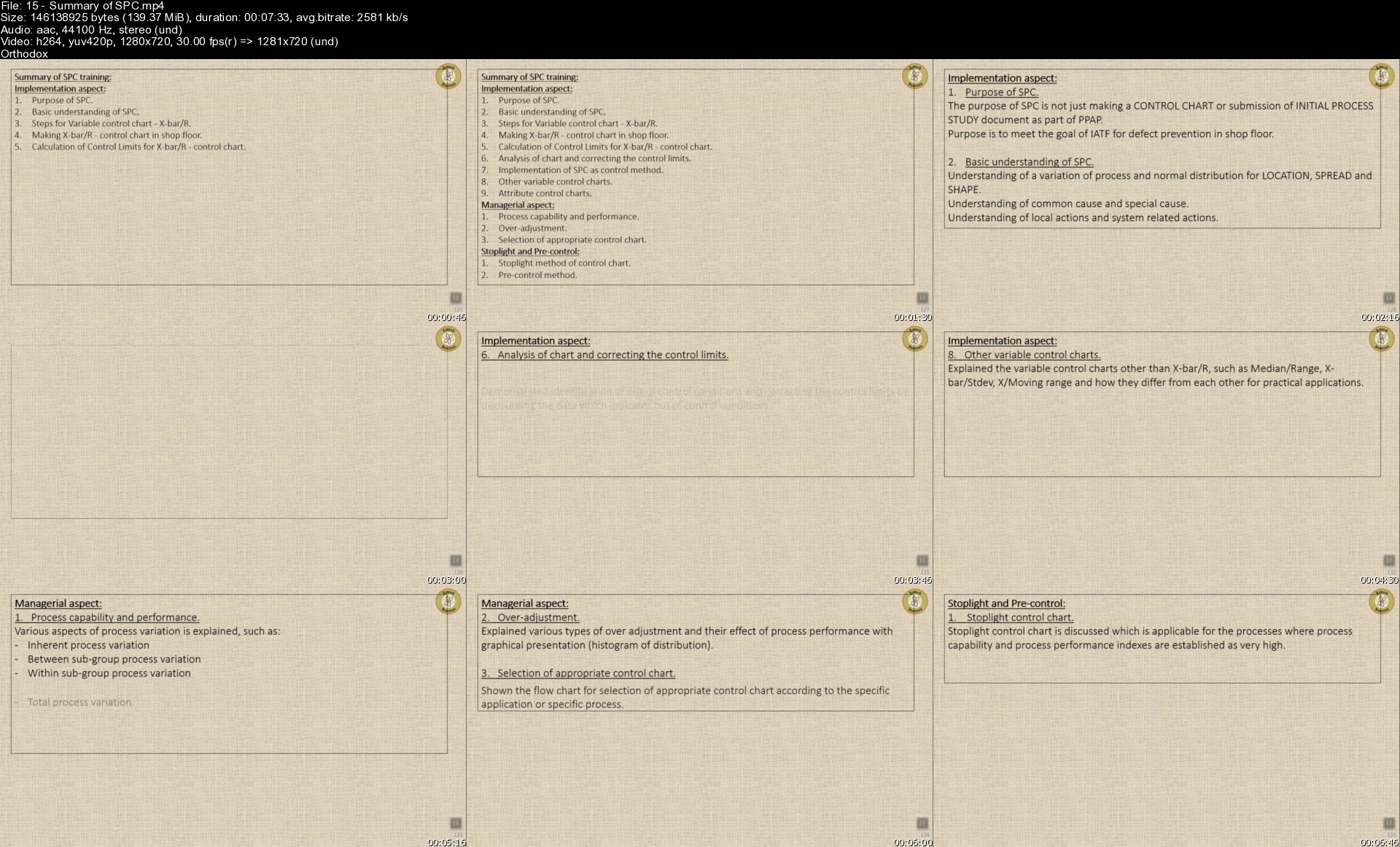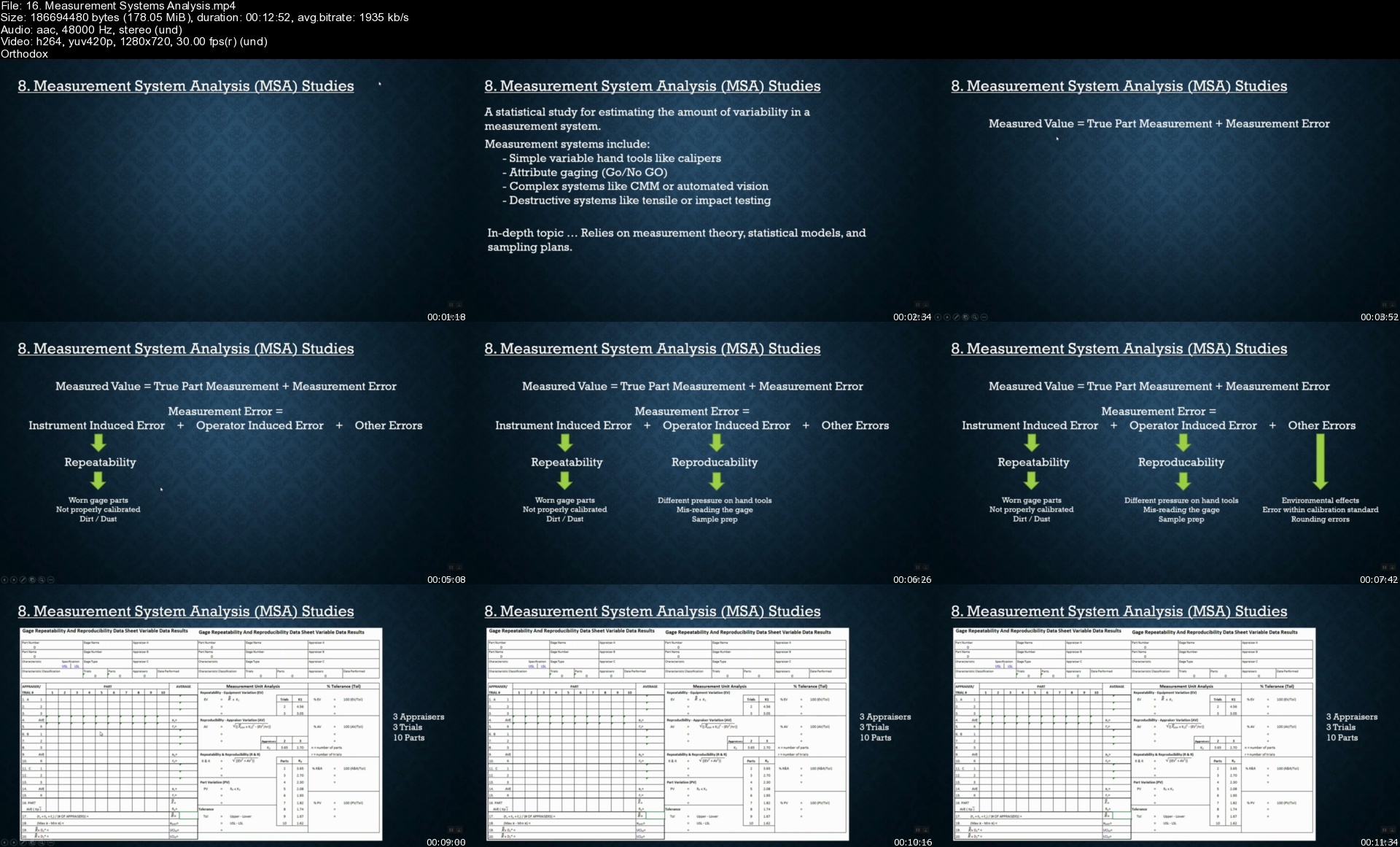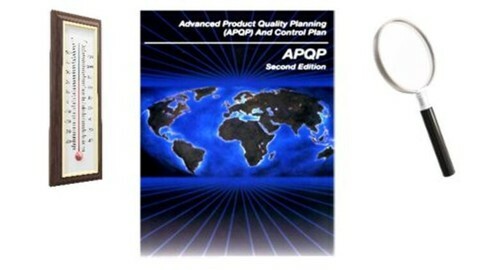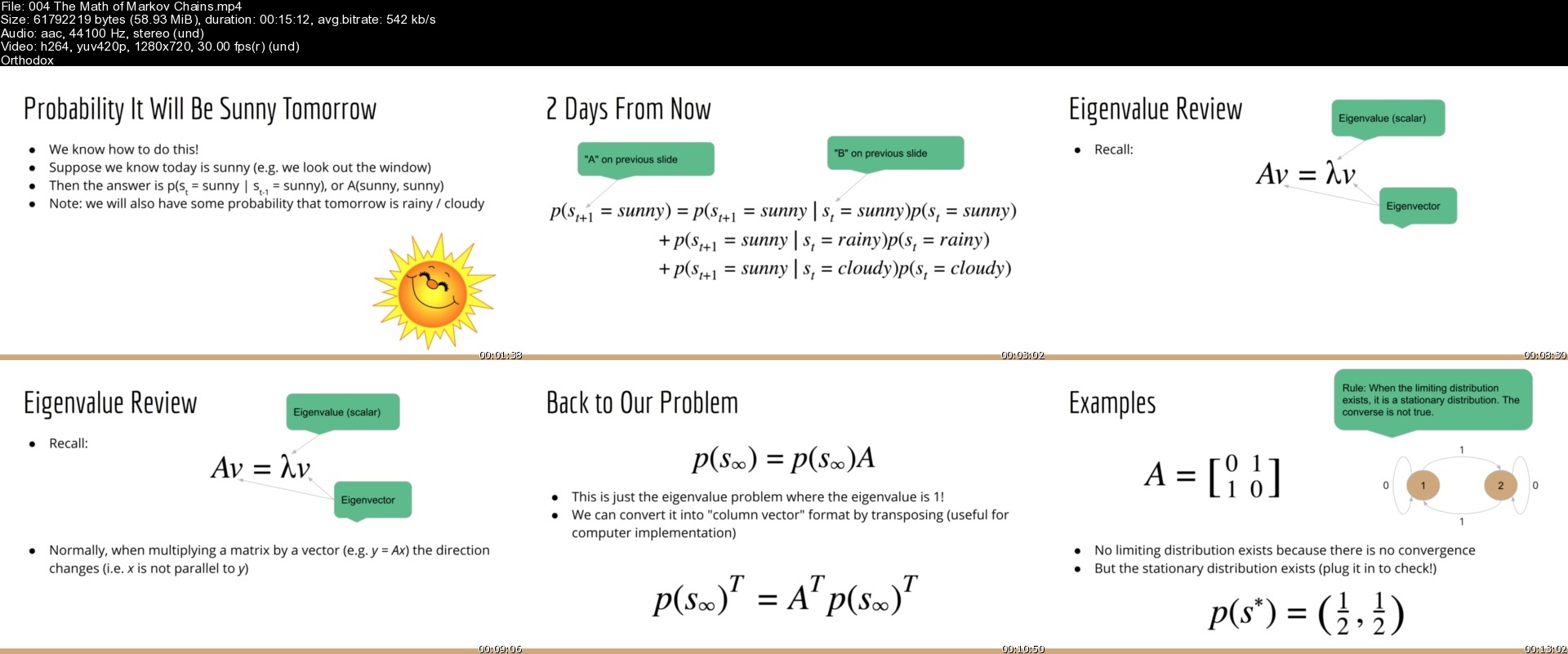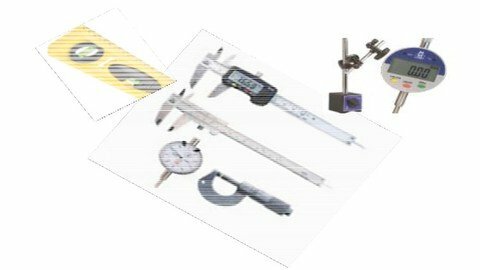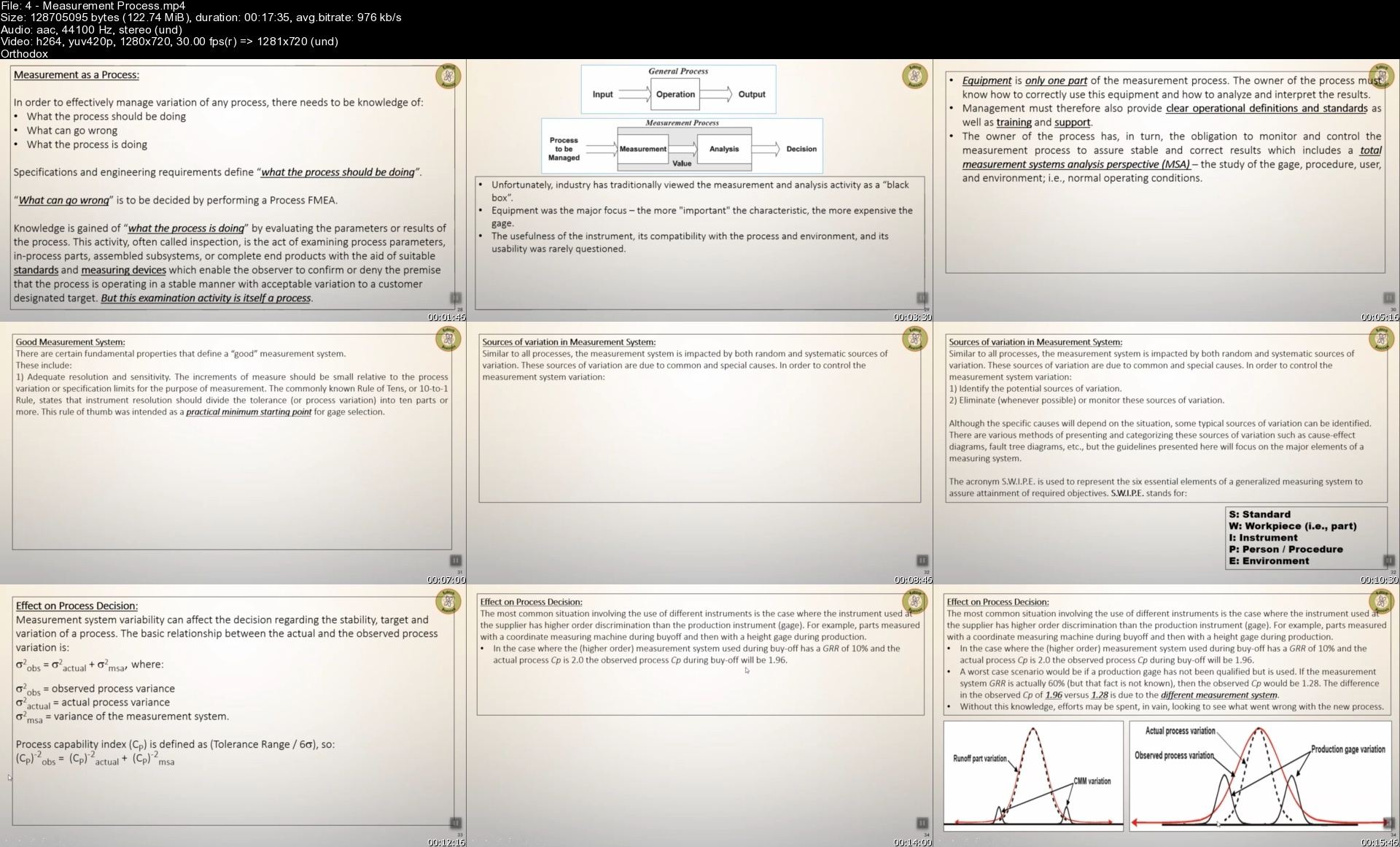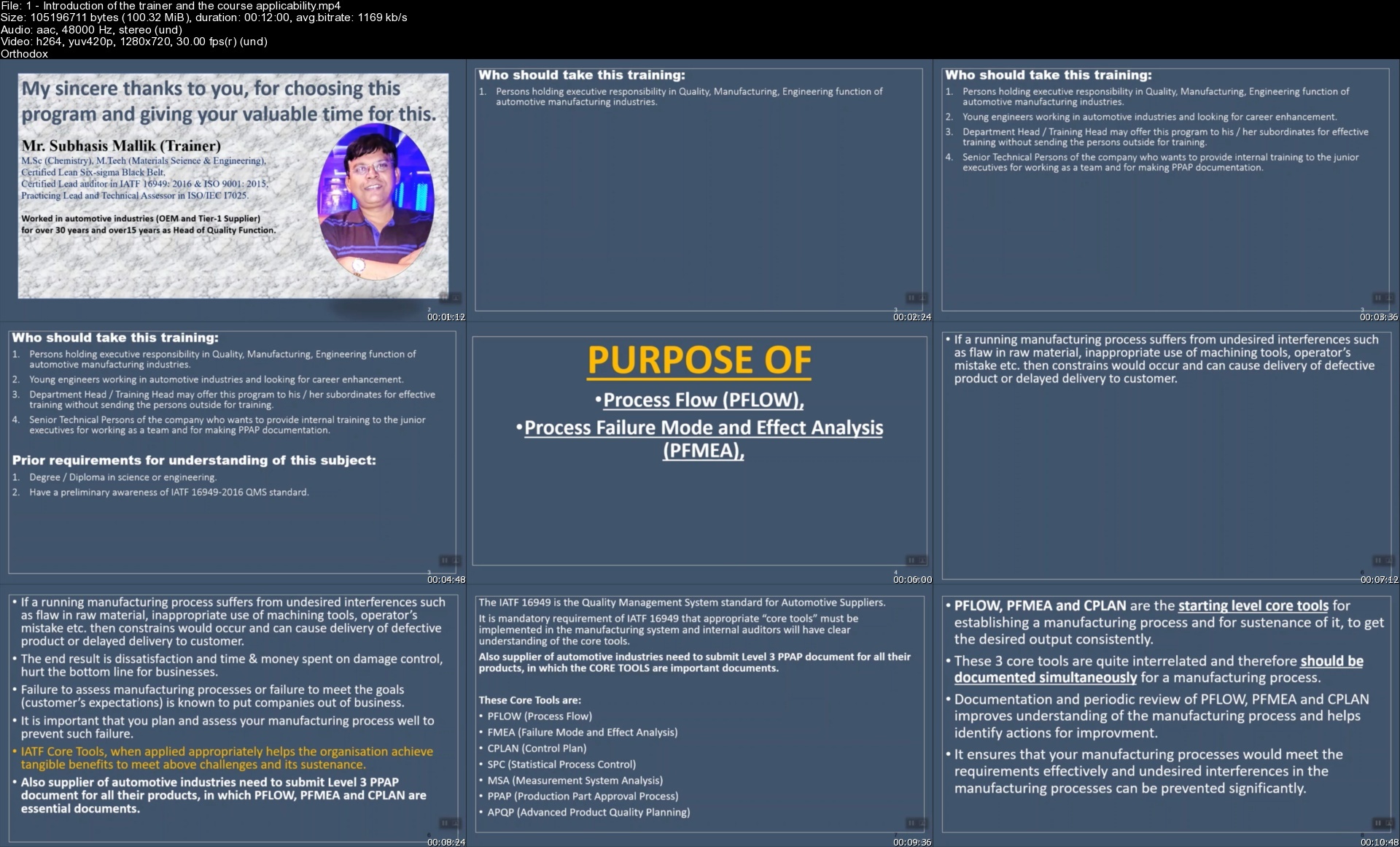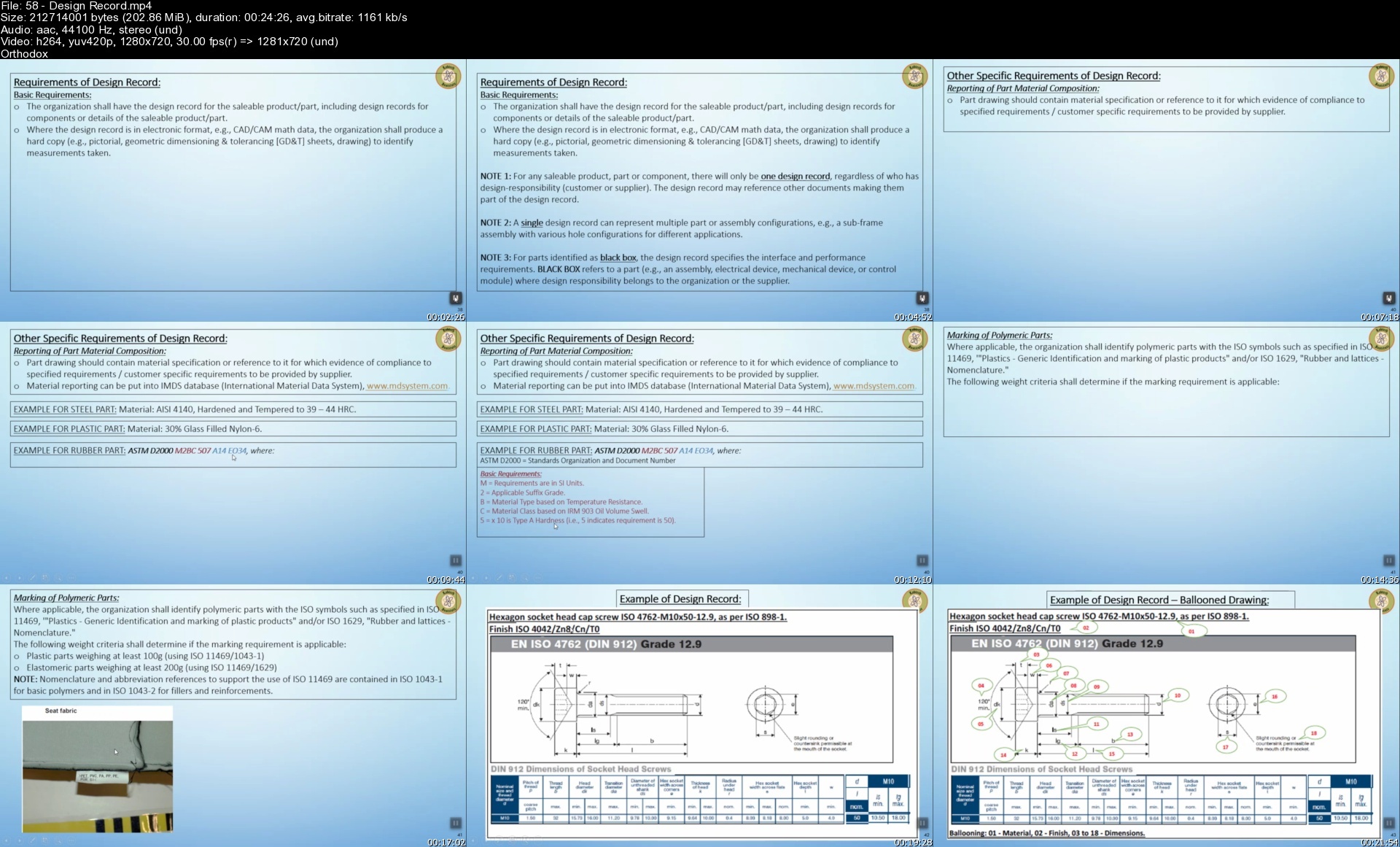Learn Python by making games
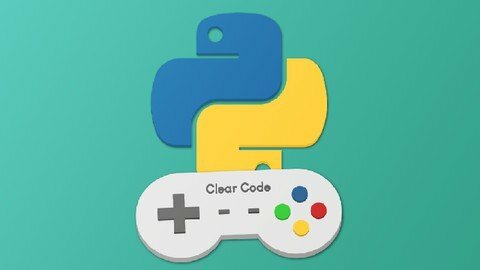
Learn Python by making games
Published 07/2022
Genre: eLearning | MP4 | Video: h264, 1280x720 | Audio: AAC, 48.0 KHz
Language: English | Size: 9.01 GB | Duration: 138 lectures • 26h 43m
What you'll learn
You will learn how to use Python effectively
You will create a portfolio of python games
You will learn how to manage large project well
You will learn object-oriented programming
You will learn and implement advanced Python features
You will develop a thorough understanding of Python
Requirements
Access to some kind of computer
Description
Learn the world's most popular programming language by making games!
This course includes an incredibly comprehensive, yet easy to follow, introduction to Python and uses that knowledge to create 4 sophisticated games. By the time you finish these projects you will have a strong understanding of Python and of coding in general. You will also have amazing projects for your portfolio.
The course contains over 130 videos and includes a huge amount of exercises so you can practice while you code along. You can also find the code for every video attach in the course. The course will start completely from scratch and I will begin by installing Python on Windows or MacOS; or you can use an online code editor. If you are in doubt, the entire first 11 hours are freely available both here on Udemy and on YouTube.
This course is going to cover every topic of Python, for example
All of the datatypes (integers, strings, floats, booleans, lists, tuples, dictionaries etc)
You will learn classes and object-oriented programming
Inheritance, both simple and complex will be covered in detail
You will learn how to control the flow of the code using if, while, for and match
You will learn about functions and how to pass information around
There are many sections on scope to keep your code organized
Decorators will be covered in depth
File handling will be used
Python is one of the most desirable features on the job market and can get you into well-paying and interesting jobs. It is also a very easy to learn language that you can use as a starting point in your coding career. I am looking forward to seeing you in the course!
Who this course is for
Everyone interested in programming


Learn Python by making games
Published 07/2022
Genre: eLearning | MP4 | Video: h264, 1280x720 | Audio: AAC, 48.0 KHz
Language: English | Size: 9.01 GB | Duration: 138 lectures • 26h 43m
What you'll learn
You will learn how to use Python effectively
You will create a portfolio of python games
You will learn how to manage large project well
You will learn object-oriented programming
You will learn and implement advanced Python features
You will develop a thorough understanding of Python
Requirements
Access to some kind of computer
Description
Learn the world's most popular programming language by making games!
This course includes an incredibly comprehensive, yet easy to follow, introduction to Python and uses that knowledge to create 4 sophisticated games. By the time you finish these projects you will have a strong understanding of Python and of coding in general. You will also have amazing projects for your portfolio.
The course contains over 130 videos and includes a huge amount of exercises so you can practice while you code along. You can also find the code for every video attach in the course. The course will start completely from scratch and I will begin by installing Python on Windows or MacOS; or you can use an online code editor. If you are in doubt, the entire first 11 hours are freely available both here on Udemy and on YouTube.
This course is going to cover every topic of Python, for example
All of the datatypes (integers, strings, floats, booleans, lists, tuples, dictionaries etc)
You will learn classes and object-oriented programming
Inheritance, both simple and complex will be covered in detail
You will learn how to control the flow of the code using if, while, for and match
You will learn about functions and how to pass information around
There are many sections on scope to keep your code organized
Decorators will be covered in depth
File handling will be used
Python is one of the most desirable features on the job market and can get you into well-paying and interesting jobs. It is also a very easy to learn language that you can use as a starting point in your coding career. I am looking forward to seeing you in the course!
Who this course is for
Everyone interested in programming











